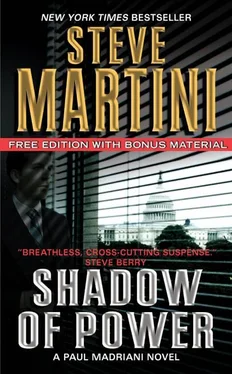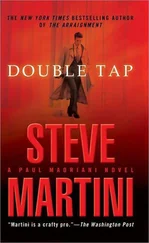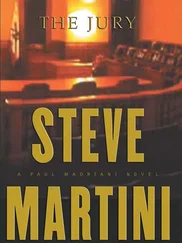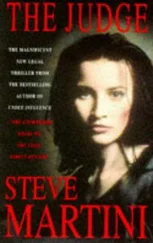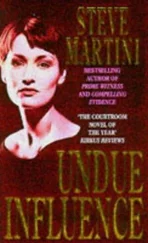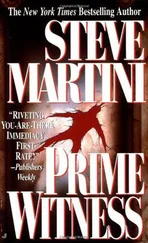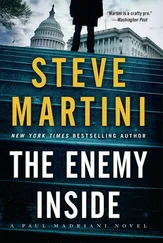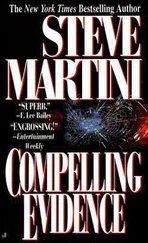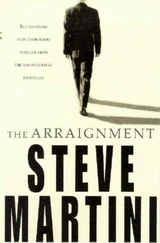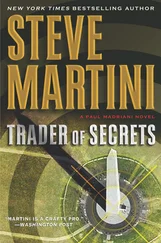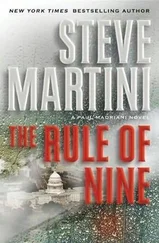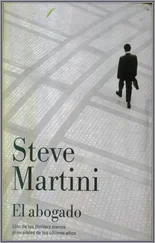“It’s possible,” he says.
“If that were the situation in this case, that would leave the victim back seated in the chair, hard at work, and the perpetrator behind him, somewhere near the door in the entry hall, is that correct?”
“Um…yes.”
“Now, if we can assume that the television is off, so that there is a reflection in the screen, and further that there’s no sound coming from the set to mask footsteps approaching from behind-and we’ve already established that this was the case, right?”
“Right.” The way he says it, it’s almost a question. Detrick isn’t sure where I’m going.
“But given those assumptions, does it really matter?”
“What do you mean? I don’t understand the question,” he says.
This is the best kind of response, one that allows me to testify.
“I mean if it’s someone the victim knows and he knows they’re already there in the room, why would he bother to pay any attention to reflections of movement on the screen or the sound of footsteps in the entry? He would expect these, wouldn’t he?”
“Yes.”
“Well, that would explain it, wouldn’t it? Why the victim, Professor Scarborough, didn’t react to any of the physical cues, the sounds or images, as the killer approached him? If it was someone he knew. He hears him coming from behind, so what? He’s looking down, engrossed in his papers, maybe catches only a fleeting glimpse of motion on the screen. That would be a pretty good explanation, wouldn’t it?”
This is important, because later testimony from the medical examiner will reveal that there were no defensive wounds on the victim’s hand or arms. If he was surprised by a reflection in the screen or heard steps, why didn’t he react, move, perhaps raise an arm to defend himself? But he didn’t.
Detrick goes through a lot of shrugging here. You might think the collar on his shirt or his necktie is too tight. Then he says, “Possible. But the problem is there are other possibilities based on your own hypothetical.”
“Like what, for example?”
“Well, using your own hypothetical,” he says, “with only one simple variation, let’s assume that someone did come to the door, but it was not someone the victim knew. Let’s say it was someone he didn’t know, but who he expected. Say, for example, the victim ordered a meal…” As soon as he says the words, he begins to smile. He’s wondering how I’m going to cut him off in front of the jury without leaving dangerous lingering questions. Something like, I’ll ask the questions, Detective. But instead I let him go. He can’t believe it.
“And the waiter with the tray arrives at the door.” This is a hypothetical much more to Detrick’s liking. I can tell, because if he had a mustache at this moment, he’d be twisting the ends. “The victim might open the door, let the waiter in, return to his chair, and find himself in the same situation as in your hypothetical,” he says.
“And the hammer?” I ask. “Where was that, in your version?”
“Under a garment,” he says, “same as yours. Or perhaps on the tray under a napkin.”
“Ah, but then how do you explain the tray outside the door?” I ask. “From the blood spatter, we know the tray wasn’t on the table at the time of the assault.”
“Well, after the door was opened and the victim turned back to his chair, the perpetrator, a waiter in this case, would have had plenty of time. He could have put the tray down on the floor out in the hall, before he ever actually stepped into the room.” He looks at me. Try that hypo on for size.
“So let me get this clear. The door is opened by the victim. Let’s assume he looks through the peephole before he opens it.”
“Sure, he would naturally do that.” Detrick is being as helpful as possible now that he sees me headed down into a pit.
“The victim sees your hypothetical waiter standing just outside in the hall, holding the tray,” I say.
Detrick’s nodding, leaning forward in his chair, body language urging me on. I can tell he wants me to say it, to draw the mental image of how my client did the deed, right in front of the jury.
“Victim turns, goes back to his chair. By then the waiter has placed the tray with the food on the floor in the hall.” I run through it.
“Exactly,” he says.
“I take it your hypothetical waiter is by now holding the hammer, presumably in his right hand?” All the little details.
“I would assume so,” says Detrick.
“Then he steps inside the room.”
He’s nodding.
“He closes the door.”
“Yesss.” He says it like a serpent hissing.
“And so that I understand your version clearly, is it here, inside the entry with the door closed, the victim just a few feet away, that your hypothetical waiter stops, lays down the hammer, and puts on the raincoat?”
This, the raincoat that no one has mentioned since it was pulled from the evidence bag and identified for the jury, falls on Detrick like a lead anvil. A lesson in why you never want to wing it in front of a jury on a theory of how the deed went down. Unless it is carefully thought out and analyzed, more often than not, you will end up choking on the details.
Harry and I had spent four days going over every scenario of the murder that we could conceive. We made cardboard cutouts, each one representing an item of evidence, and played them like game pieces, running them through a printed maze set out on separate pieces of large poster board. Each board represented one of the possible theories of how Scarborough was murdered, like prepping for a final in law school. The instant Detrick opted for the theory of the invited waiter, I knew he was dead. Harry and I had already done it and ended up holding the cardboard cutout that read “Plastic Raincoat.”
The next time some wizened old judge tells you that trying any case is 5 percent theater and 95 percent preparation, you would be wise to believe him-or to find another line of work.
On the stand, Detrick hems and haws. He has stepped in it, but still, what happens next is something you don’t usually expect from an experienced witness. He makes it worse.
I’m halfway back to the counsel table, getting ready to move on to another point, when he says, “It’s entirely possible, in my scenario, that the hypothetical waiter could have been wearing the raincoat when he arrived at the hotel-room door.”
This last desperate surmise allows me to wander through a field of dreams on horseback, dragging Detrick behind me over every sharp, jagged edge that it presents.
It’s one thing to theorize that my client, Carl Arnsberg, wearing a raincoat, slipped into Scarborough’s room in silence using a key when no one was looking. But the picture of a waiter in white livery carrying a tray, arriving at the door, knocking while he’s all decked out in a clear, thin, plastic tarp with sleeves, something large enough to cover a pup tent, is quite another matter.
I make the point verbally in front of the jury. Then I ratchet up the notion of this house of horrors for Detrick by going visual. I have the clerk pull the raincoat and open it in front of the jury. It may say size small on the collar, but you wouldn’t know it from the parachute of plastic now crinkling noisily in front of the jury box.
Even if Scarborough were in the middle of a mind meld, he would have to do a double take on any waiter showing up at his door wearing this, and he wouldn’t have to look into a darkened television screen to see it, or for that matter hear it.
Harry, who is a cerebral vacuum cleaner when it comes to examining evidence, told me a month ago, right after he saw the plastic raincoat, that we could run riot through Tuchio’s case, at least for a day or two. In Harry’s words, “Anyone trying to slip up behind Scarborough wearing that may as well have on a cowbell.”
Читать дальше
